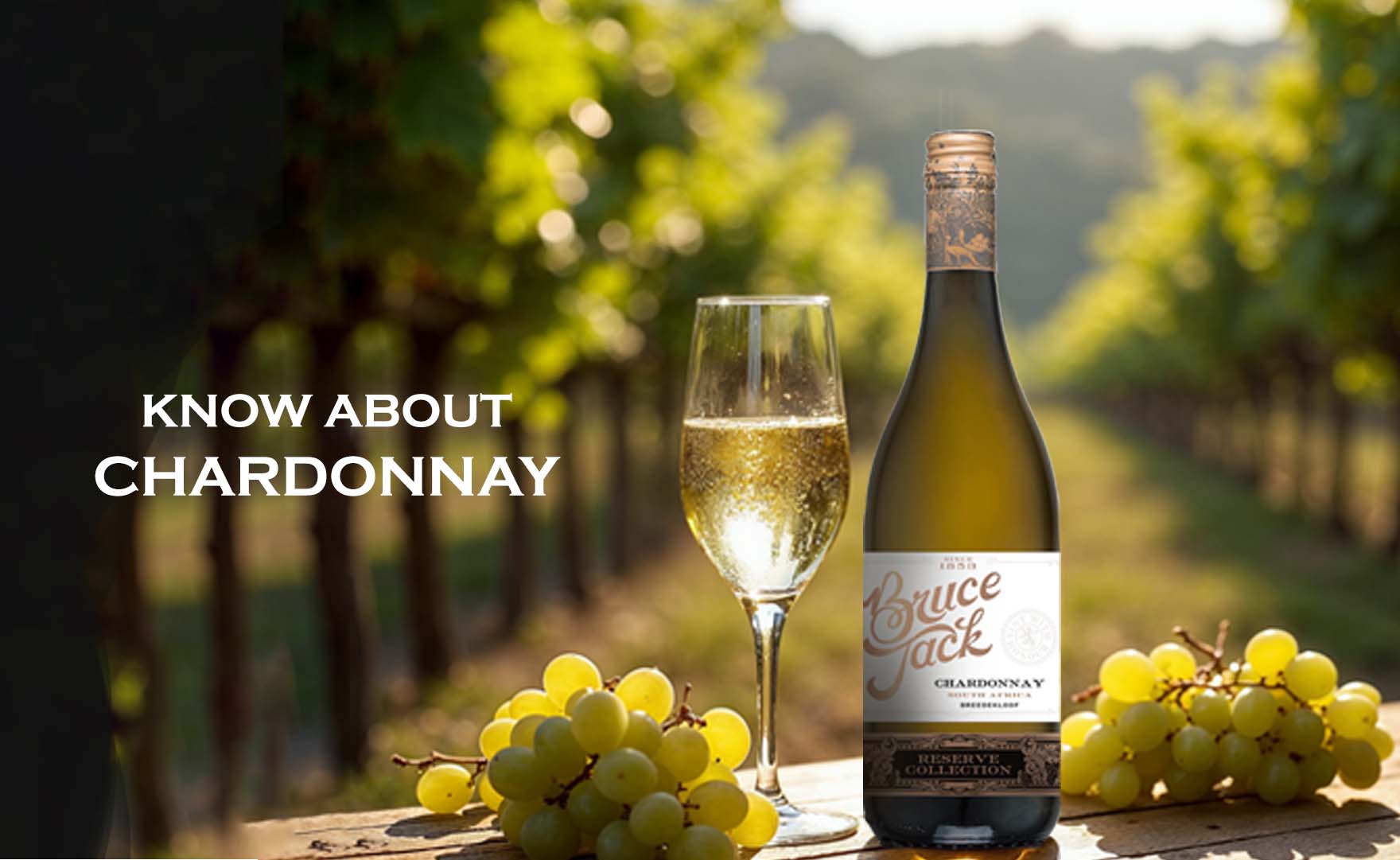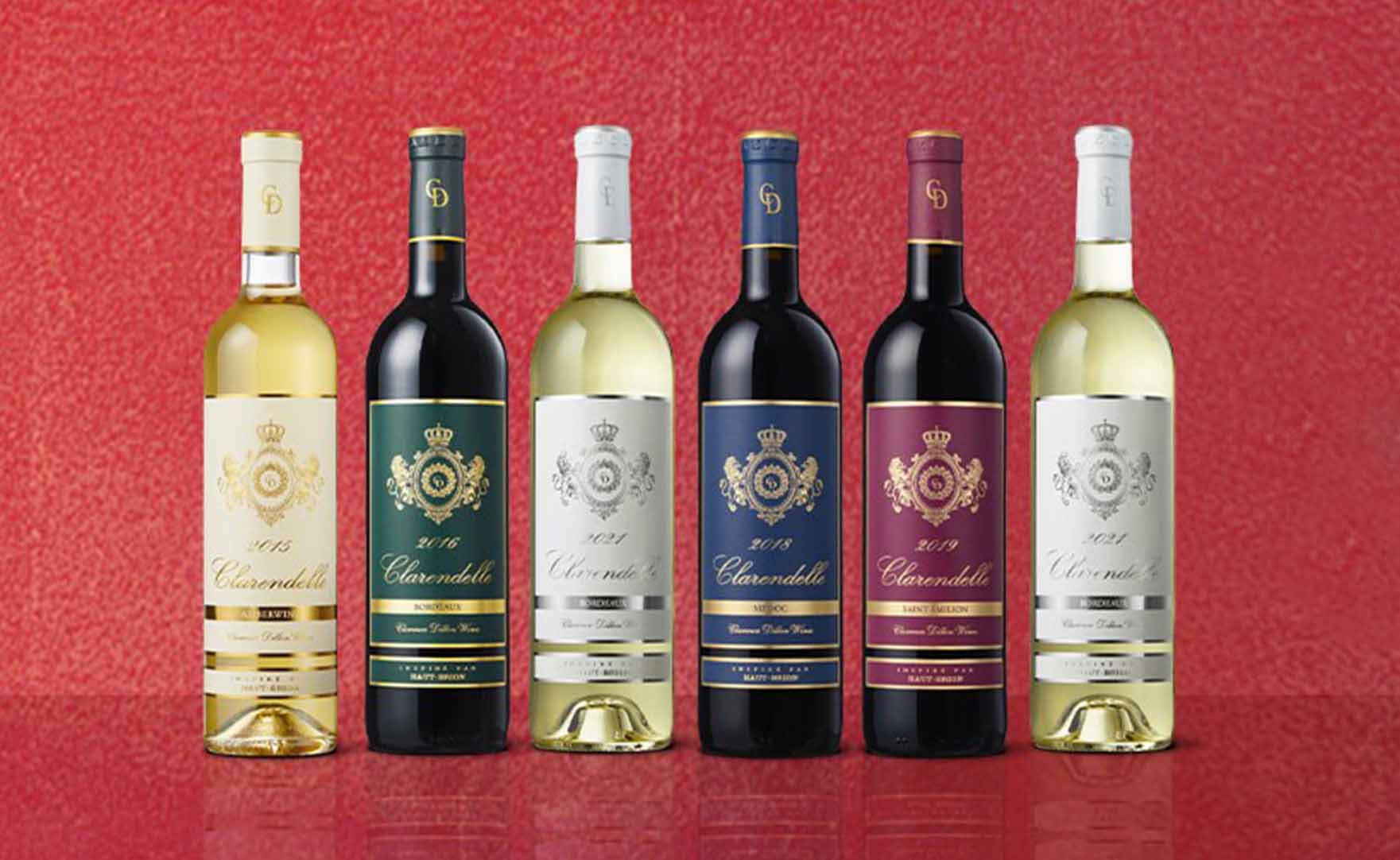Wine and food—two of life’s greatest pleasures. But did you know that the right combination of the two can take your dining experience to a whole new level? Whether you’re enjoying a casual dinner or a fine dining experience, understanding how to pair wine with food can bring out flavors you never knew existed.
Let’s explore how to master the art of wine pairing, making every bite and sip unforgettable!
1. Why Wine Pairing Matters
Pairing wine with food isn’t just about tradition. The right wine can enhance the flavors of your meal and vice versa. It’s about balance—finding harmony between the wine’s acidity, sweetness, or richness and the food on your plate. Wine pairing can highlight subtle flavors in food, cleanse your palate, and make each bite more enjoyable.
Think beyond “red wine for meat, white wine for fish.” Today, pairing is much more flexible and fun. It’s about finding balance and experimenting with flavors that complement or contrast.
2. Key Wine Pairing Rules
When it comes to pairing wine with food, there are a few general guidelines that can help:
Balance Intensity
Just like you wouldn’t serve a light salad with a rich sauce, the same goes for wine. Light dishes pair well with lighter wines, while richer, more intense dishes call for full-bodied wines. For example:
Light Dishes (Salads, Fish): Pair with a crisp, refreshing wine like Sauvignon Blanc.
Rich Dishes (Steak, Creamy Pasta): Opt for a bold Cabernet Sauvignon or Merlot.
Complement or Contrast
Complementary pairings bring out similar flavors between wine and food. For example, a buttery Chardonnay can pair beautifully with a creamy pasta. On the other hand, contrasting flavors—like pairing a slightly sweet Riesling with spicy Thai food—can create exciting and unexpected combinations.
Consider the Sauce
The sauce in a dish can often be the deciding factor for pairing, more than the main ingredient. Rich, tomato-based sauces pair well with Merlot or Cabernet Sauvignon, while a creamy sauce goes perfectly with a lightly oaked Chardonnay.
3. Pairing Tips for Different Types of Dishes
Red Meat & Bold Reds
Steaks and red meat dishes call for bold red wines like Cabernet Sauvignon or Merlot. The tannins in these wines help break down the fats in red meat, enhancing both the texture and the flavor.
Fish & White Wines
Fish pairs well with crisp, light white wines like Sauvignon Blanc. If you’re having a richer seafood dish like lobster or crab in a creamy sauce, consider a Chardonnay. Its subtle oak flavors will complement the creaminess perfectly.
Vegetarian Dishes
Vegetarian dishes can be paired with both light reds and whites. A Pinot Noir or a fresh Rosé can complement the earthy flavors in veggie-based dishes, while a Sauvignon Blanc adds a refreshing contrast.
Cheese Pairings
Pairing wine with cheese is an art in itself. Soft cheeses, like goat cheese, often go well with a crisp Chenin Blanc, while hard cheeses like cheddar or gouda can hold their own against a robust Merlot.
4. Why Experimenting Is Key
Pairing wine is about more than following strict rules. Everyone’s palate is different, so don’t be afraid to experiment. Try new combinations and see what works for you! Whether you love the classic pairings or prefer something more unconventional, the beauty of wine pairing lies in exploration.
5. Elevate Your Wine Pairing Experience with The Wine Lab
Want to try some of these pairings at home? Visit The Wine Lab for a carefully curated selection of wines to complement any meal. Whether you’re a seasoned wine lover or just starting to explore, our team is here to help you find the perfect bottle. And don’t forget—you can order directly through our website at www.thewinelab.rw for convenient delivery.




